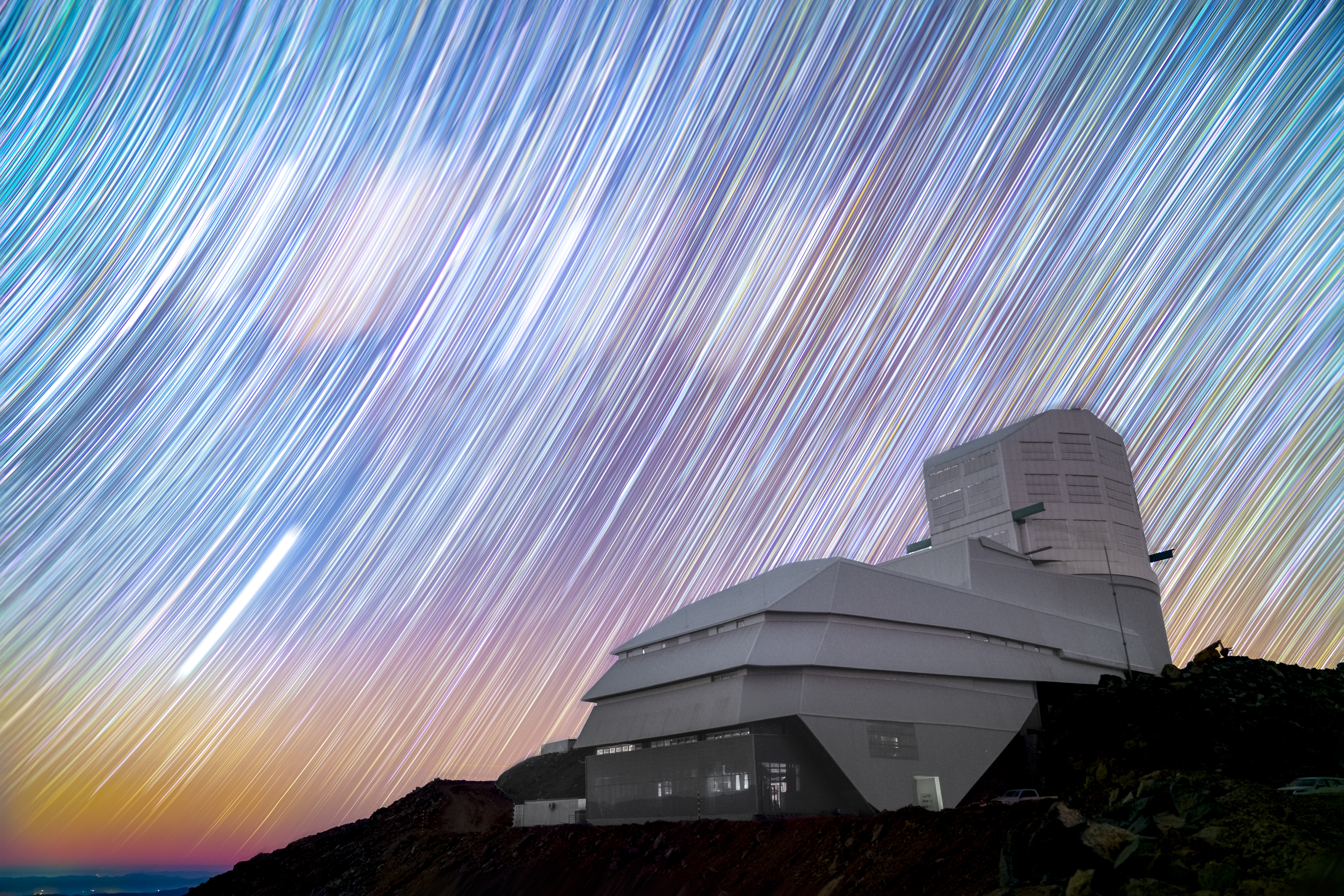Media release
From:
A powerful new telescope in Chile, expected to unlock deep mysteries of the cosmos and our place within it, has released its first images.
For the first time, astronomers will be able to image the entire southern sky in exquisite detail every few nights and automatically detect any changes in those images on a nightly basis.
Astronomers expect 10 million daily alerts that objects have either changed in brightness or in position, some of which will be discoveries of new phenomena.
Science Lead for the Australian collaboration, University of Melbourne Professor Rachel Webster, said the US-led Vera C. Rubin Observatory with its giant eight metre mirror, named after the pioneering American astronomer who first measured dark matter around galaxies, will reach into new corners of our universe far beyond where modern telescopes have seen before.
“In reality, there is so much we still don’t know about the universe, so the scope of what may be discovered is what’s really exciting,” Professor Webster said.
“Almost 30 years after the idea was first conceived, and after a decade of construction, the telescope represents a truly exciting leap forward in astrophysics.”
The scientific program enabled by the telescope will impact nearly every area of optical astronomy, from dark matter and dark energy which tell us how our universe evolves, to the supermassive black holes in the cores of galaxies.
Data centres across Europe, the USA and Australia have begun to process the extraordinary amount of data from the telescope. Fifteen Australian universities and institutions, including the University of Melbourne, will have priority access.
Australia has played a major part in making the project a reality, with Australian-based software engineers developing code for the Rubin Observatory, including new AI tools. This relationship is managed on behalf of the Australian collaboration by Astronomy Australia Limited, supported by funding from the Australian Research Council and the Australian government’s Department of Education.
The highly collaborative, international initiative brings together world leading astrophysicists, data experts and pioneering new technology.
“Neither the US nor Australia could ever have built something on this scale alone. An international partnership has been integral to access astronomical datasets of this quality,” Professor Rachel Webster said.
“Astronomy is an area where Australia really punches above its weight, so an investment in this world-leading capability provides an exciting opportunity for our young scientists to explore the newest boundaries of the universe. The data from Rubin Observatory will literally shed light on the billions of new radio sources to be revealed by the SKA telescope currently under construction in Western Australia and in South Africa.”
While existing telescopes image very small areas of sky at one time, the fully-automated Vera C. Rubin Observatory’s telescope captures observations of the southern sky every three nights in six different filters (or colours) thanks to its massive digital camera – the largest in astronomical history.
The camera alone weighs three tonnes, contains three lenses with the largest more than 1.5 metres, and has a sensor with 3.2 billion pixels. For comparison, the latest iPhone has a sensor with 48 million pixels.
“As scientists and leading experts in our field, it’s important we keep seeking to solve the big questions about our existence and provide meaning to individuals in how they approach their lives,” Professor Webster said.



 Australia; International
Australia; International



